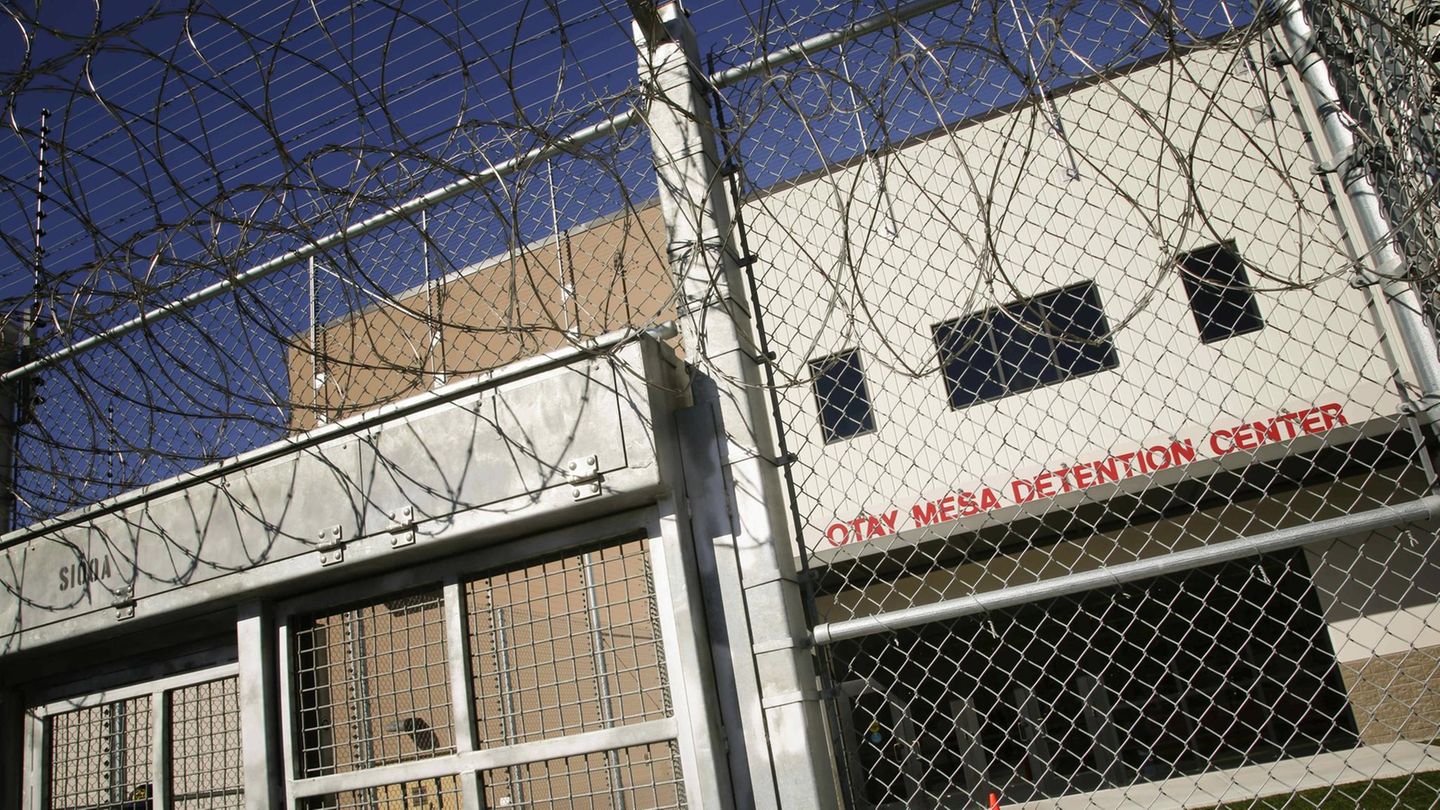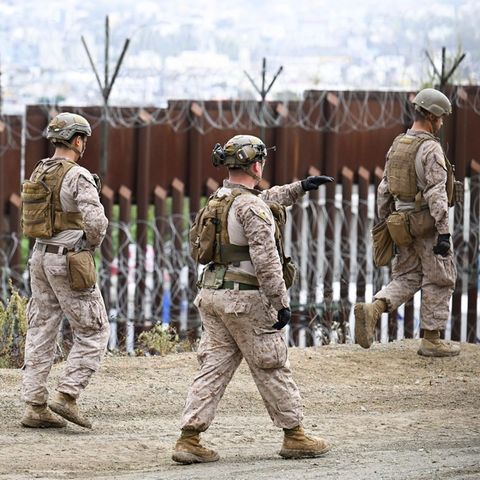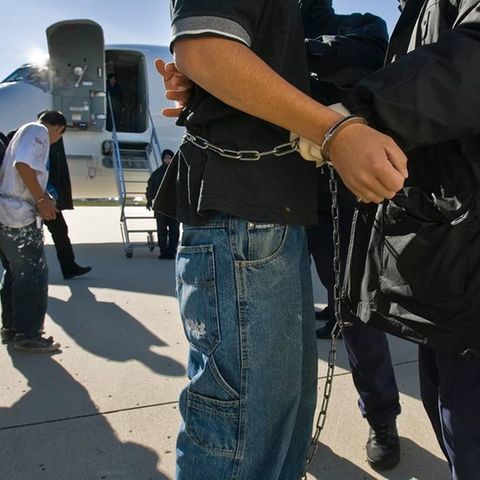“Were placed in chains”
Canadian describes dramatic scenes from US deportation
Copy the current link
Add to the memorial list
When Jasmine Mooney wanted to enter the USA with valid papers, she was arrested. After her release, the Canadian expresses a bad suspicion.
The Canadian entrepreneur Jasmine Mooney has been working in Los Angeles for years. Like many of her compatriots, the former actress (“American Pie”) a US working visa. A year ago she had only had it renewed. The document should therefore be valid for at least two years. But in November there were complications, which is why Mooney should apply for a new work visa from Canada.
On March 3, she wanted to enter San Diego with the new valid papers across the Mexican border – and was arrested. “I just spoke to the officer about my visa”she said “And in the next moment I was scattered like a criminal and to a detention center without being able to inform my lawyer.”
For Mooney, a nightmare began that currently also happened to some Germans with valid visas: she was interrogated and asked to leave half of her luggage because she couldn’t take it with her, she described it several media. Nobody wanted to answer where she should be brought.
Her first cell – a tiny, ice -cold room with cement floor, bright neon lamps and a toilet in the corner – shared them with five women on the floor, covered with an aluminum film that had been given to them. Mooney remembered: “They looked like corpses.”
On the third day, the Canadian was allowed to make calls. “I called a friend whose number I could memorize told her what had happened.” Your request to book a flight to Canada and pay for yourself had been ignored by prison staff.
Prison attendant: “Prepare for months in prison”
Instead, the authorities carried Mooney to the Otay Mesa Detention Center, actually a men’s prison outside the California city of San Diego on the border with Mexico. “How long do I have to stay here?”the Canadian wanted to know there. “Prepare yourself for months”said the guards.
Mooney reported 140 women on their hallway, migration cases like themselves. “None of these women was a criminal record. Some have been there for ten months.” Among them was a master student from India who had covered her US visa by a full two days. In addition, Mooney reported a woman who had a ten-year-valid US work visa and, together with her husband on the highway, accidentally got on the wrong track towards Mexico. Because the two didn’t have their passports with them when they stopped at the border point, the police arrested them.
A few days later, Mooney was transferred to a prison in Arizona. The trip there took 24 hours – “50 of us were packed on a bus, the women at the front, the men behind”she said. Every prisoner was laid in chains: “Our handcuffs were firmly attached to our belt line, our feet chained together.” The bus ride lasted five hours. When arriving at the San Luis Regional Detention Center, women were subjected to a pregnancy test.
Compared to San Luis, the detention center in California was a five-star hotel, Mooney continued. “In Arizona, thirty women were locked up in an ice -cold cell.” The neon light on the ceiling lit up all night.
At some point Mooney discovered a tablet on the wall from which she sent an email to her customer’s boss. He reacted and contacted her friends in Canada. Mooney’s case was taken up by the media there.
Are the deportations from the USA a business?
After almost two weeks in custody, everything went very quickly for the Canadian: an agent from the US immigration authority ICE came up with her. The man claimed that she would have been released much earlier, if she had told him that she would pay for her return flight herself. “I had never heard of this man until then”said Mooney.
When she arrived at the airport in San Diego, she was already expected by the Canadian press. “Because I was transported back into chains, the officials smuggled me through a back door into the building.”
Mooney later learned from her friends how they had contacted lawyers and media reporters and incessantly called in the deportation prisons to speak to ICE civil servants.
“The US immigration system”says Jasmine Mooney, “Is not simply a bureaucratic nightmare, but a business model”. The detention and custody institutions would be operated by private companies, the amount of their state subsidies is based on the number of persons they are detained. Mooney says: “The incentive to lock people for weeks is accordingly large.” In this way, the Corecivic company only received the Geo Group.
“I had a Canadian passport, lawyers, money, the support of friends, family and media and even the help of a politician”said Mooney. Nevertheless, she took two weeks to escape this hell.
“I felt like a hostage.”
Source: Stern
I have been working in the news industry for over 6 years, first as a reporter and now as an editor. I have covered politics extensively, and my work has appeared in major newspapers and online news outlets around the world. In addition to my writing, I also contribute regularly to 24 Hours World.






